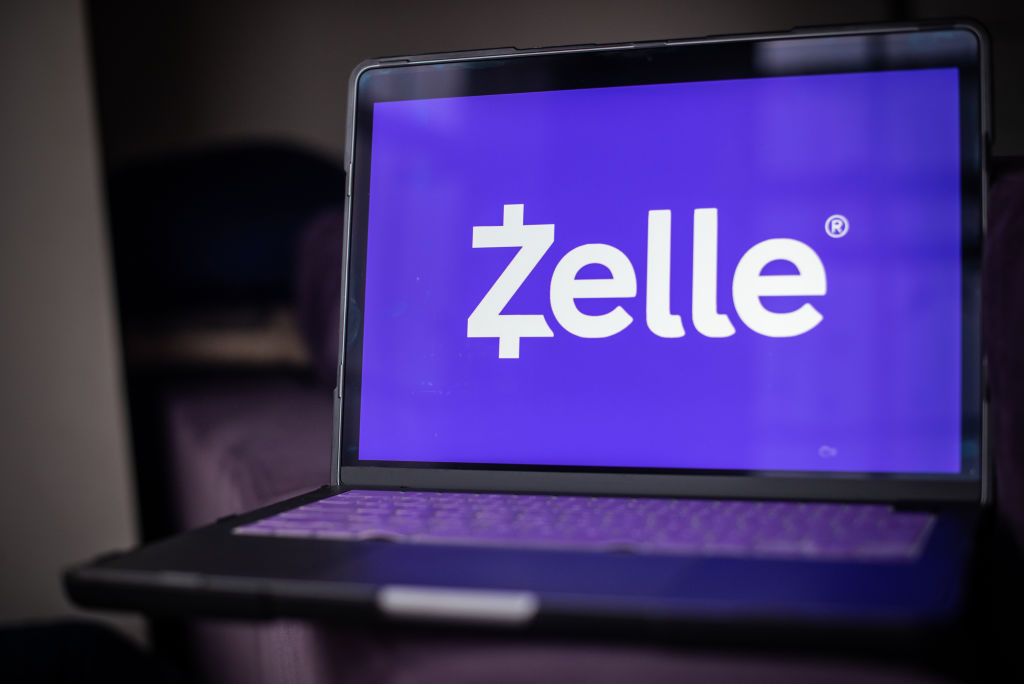Biden Cancels $1.2 Billion in Student Loan Debt: What To Know
The latest round of student debt relief brings the total to nearly $138 billion for nearly 3.9 million borrowers.


Esther D’Amico
The Biden administration has forgiven another $1.2 billion in student loan debt for about 153,000 borrowers enrolled in the Saving on a Valuable Education (SAVE) repayment plan.
To be eligible for this debt relief, SAVE enrollees must have been making at least 10 years of payments on a federal student loan of $12,000 or less, the Department of Education (DOE) said.
Eligible borrowers should have begun to receive emails this week from President Joe Biden letting them know that their loans are forgiven and that they will not need to take any further action to receive relief. Next week, the DOE plans to begin to email borrowers who can become eligible for loan cancellation if they switch to the SAVE plan.

Sign up for Kiplinger’s Free E-Newsletters
Profit and prosper with the best of expert advice on investing, taxes, retirement, personal finance and more - straight to your e-mail.
Profit and prosper with the best of expert advice - straight to your e-mail.
This part of the plan was originally set for implementation in July but the administration announced last month that it would accelerate the timeline. The DOE said it will implement the remaining benefits of the plan, however, in July.
Launched last August, the SAVE student loan plan is an income-driven repayment (IDR) plan that calculates a borrower’s monthly payment using monthly income and family size as key determiners.
The latest action brings the administration's total student debt cancellation, under various programs, to almost $138 billion for nearly 3.9 million borrowers. This includes $4.8 billion in loan forgiveness for roughly 80,000 Americans in December 2023 as well as $9 billion in loan forgiveness for about 125,000 Americans in October 2023 — both through fixes to IDR and Public Service Loan Forgiveness programs.
President Joe Biden launched the program following the Supreme Court's decision last June to reject his sweeping $400 billion student loan debt relief plan, a key part of his campaign promise to help borrowers get out of debt. Last October, federal student loan payments resumed after a three-year, pandemic-induced hiatus.
The DOE's Federal Student Aid Office offers a step-by-step guide on repaying student loans with tips including how to review your loan balance, choose a repayment plan based on your income as well as various loan forgiveness options.
Other government resources include the DOE's Benefits.Gov, which a wealth of information on various loan programs offered by the federal government.
Related Content
Get Kiplinger Today newsletter — free
Profit and prosper with the best of Kiplinger's advice on investing, taxes, retirement, personal finance and much more. Delivered daily. Enter your email in the box and click Sign Me Up.

Joey Solitro is a freelance financial journalist at Kiplinger with more than a decade of experience. A longtime equity analyst, Joey has covered a range of industries for media outlets including The Motley Fool, Seeking Alpha, Market Realist, and TipRanks. Joey holds a bachelor's degree in business administration.
- Esther D’AmicoSenior News Editor
-
 6 Stunning Waterfront Homes for Sale Around the US
6 Stunning Waterfront Homes for Sale Around the USFrom private peninsulas to lakes, bayous and beyond, Kiplinger's "Listed" series brings you another selection of dream homes for sale on the waterfront.
By Charlotte Gorbold Published
-
 Six Reasons to Disinherit Someone and How to Do It
Six Reasons to Disinherit Someone and How to Do ItWhether you're navigating a second marriage, dealing with an estranged relative or leaving your assets to charity, there are reasons to disinherit someone. Here's how.
By Donna LeValley Published
-
 How to Get Apple TV Plus for just $2.99
How to Get Apple TV Plus for just $2.99For a limited time, you can get three months of Apple TV Plus for just $2.99 per month. Here’s how to get the deal.
By Rachael Green Published
-
 Don’t Panic About the “Retail Blackout” – See Which Stores Are Closing (and Which Aren’t) for Easter 2025
Don’t Panic About the “Retail Blackout” – See Which Stores Are Closing (and Which Aren’t) for Easter 2025Dozens of major retailers are planning to close their doors on April 20. Find out which of your go-to stores are on the list.
By Rachael Green Published
-
 Home Insurance: How to Cut Costs Without Losing Coverage
Home Insurance: How to Cut Costs Without Losing CoverageNatural disasters are causing home insurance premiums to soar, but don't risk dropping your coverage completely when there are ways to keep costs down.
By Jared Elson, Investment Adviser Published
-
 Why Homeowners Insurance Has Gotten So Very Expensive
Why Homeowners Insurance Has Gotten So Very ExpensiveThe home insurance industry is seeing more frequent and bigger claims because of weather, wildfires and other natural disasters.
By Karl Susman, CPCU, LUTCF, CIC, CSFP, CFS, CPIA, AAI-M, PLCS Published
-
 Zelle App Shut Down? Why Zelle Has Discontinued Its App
Zelle App Shut Down? Why Zelle Has Discontinued Its AppWith the Zelle app shut down, learn how you can still use Zelle and which other mobile payment apps you might want to consider.
By Paige Cerulli Published
-
 Use This 1-Year CD if You’ll Owe Taxes Next Year
Use This 1-Year CD if You’ll Owe Taxes Next YearA one-year CD allows you to set money aside now for taxes you'll owe next year. We'll show our best choice.
By Sean Jackson Published
-
 How to Lower Home Insurance Rates When Climate Change Increases Costs
How to Lower Home Insurance Rates When Climate Change Increases CostsA top insurer warns the damage climate change causes is making it cost-prohibitive for insurers in some areas. Learn how to protect your home and lower costs.
By Sean Jackson Published
-
 Stick to the Plan: Don't Panic During Economic Uncertainty
Stick to the Plan: Don't Panic During Economic UncertaintyTake a breath and step back. Focus on a solid fiscal foundation to stabilize your investments during stock market volatility.
By Eric Lahaie, CFS®, RICP® Published